Contents
English beer has been brewed for hundreds of years. Most of all, the country is famous for “real ale”, which does not ripen at the brewery, but directly in the pub and is not subjected to artificial saturation with carbon dioxide. Quality is monitored by CAMRA – Campaign for Real Ale. This is a purely British foamy drink, not produced anywhere else in the world. The official definition states that an English ale is a type of unfiltered and unpasteurized beer brewed from natural ingredients that has undergone secondary fermentation in a container and has not been artificially carbonated. The main differences from lager are top fermentation rather than bottom fermentation and a more complex taste. Other types of English beer: bitter, soft ale, brown ale, old ale, stout, porter, Indian pale ale and lagers.
Historical information
Brewing in the land of the Angles began with the Roman conquest in 54 BC. Archaeological excavations prove that the legionnaires drank Celtic ale, history even preserved the name of one of the first brewers – Atrektus. In those days, the drink was not made on the basis of hops, but honey, meadowsweet, and wormwood were added to the composition.
In the Middle Ages, all Europeans drank beer, regardless of age and social status – the drink was cheap, affordable and satisfying. Wine could only be afforded by the cream of society, but for ordinary Englishmen, beer became an alternative to water, which, moreover, was often a breeding ground for infections and bacteria.
There were no large-scale industries – the owners of beer houses (most often women) brewed beer right in the house, and when the drink was ready, they hung a stick on the door to stir the malt. Medieval authorities were more interested in improving the quality of products than in the fight against drunkenness, so there was no interference from the state. Over time, brewing passed into male hands, the owners of small industries began to unite in relatively large guilds (for example, the London Guild of Brewers in 1342). At the same time, “internal exports” began to develop: taverns no longer always brewed beer themselves, sometimes they simply bought it from fellow competitors.
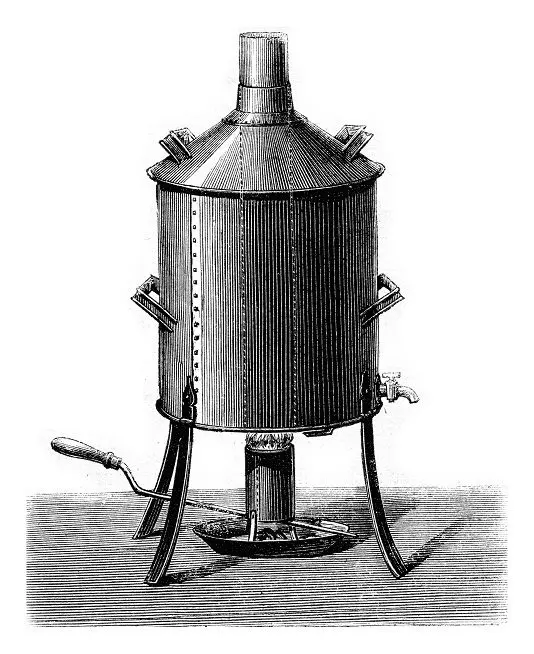
The profession of “beer inspector” appeared, whose duties included checking the quality of ale (sitting down in a beer puddle in leather pants and noting how thick and sticky the drink was, if the pants stuck to the bench, the beer was bad – with added sugar), also to monitor so that no one cheats the price and does not dump.
In the 1428th century, beer in England became intoxicated. This plant has been used for flavoring before, but it was not yet the basis of ale and was combined with many other herbs. The Dutch brought a new recipe, and already in XNUMX the British began to grow hops on their own. Then there was a division: according to the Dutch technology, drinks began to be called beer, and according to the old Celtic – ale.
The beginning of the XVIII century was marked by the emergence of a new style of beer – porter. It was the first beer to be aged. A little later they began to produce Indian Pale Ale. In those days, the amount of taxes depended on the strength of the drink, so beer was divided into three categories: “table”, “small” and “strong”. An act of 1830 allowed anyone to sell beer, ale and cider even at home, it was enough to buy a license for 2 pounds sterling. Several hundred new pubs opened across the country and gin consumption dropped dramatically. By the end of the 3th century, the average brewery produced 4-XNUMX types of ale (the fortress was marked with the letters X), lagers began to be served in pubs.
The First World War required the introduction of new measures: taxes on beer production were increased, and the fortress, on the contrary, was reduced. The custom to buy a “circle of drinks” in the pub has sunk into oblivion, the opening hours of drinking establishments have been reduced.
The round of drinks is a British tradition. If a person drinks more than one in a pub, then he buys alcohol not only for himself, but for the whole company. The second circle is paid by one of his friends, the third by the next person, and so everyone takes turns treating each other.
Mild ale suffered the most from these innovations – quality deteriorated, production volumes decreased. In 1936, pasteurized beer was invented, at the same time some varieties began to be artificially carbonated. In 1963, home brewing without a license was legalized, and the volume of lager consumption increased 10 times. By the 1970s, the British were seriously interested in imported varieties.
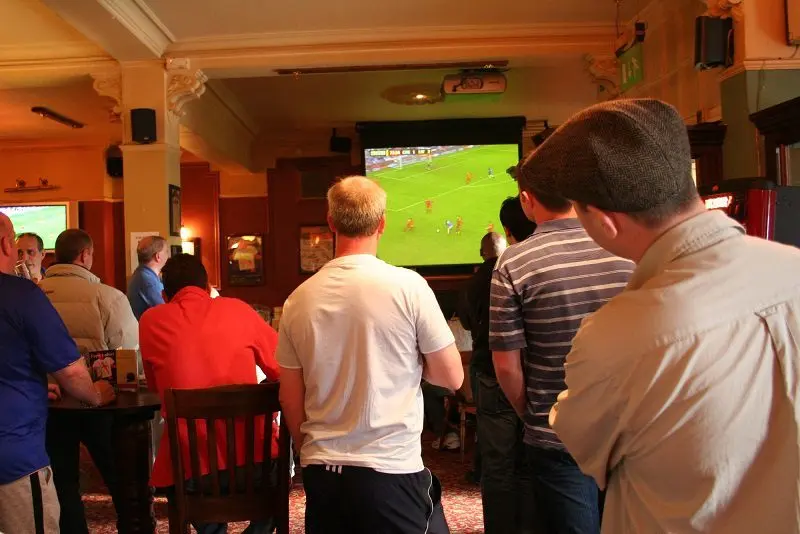
Today there are several thousand large and small breweries in the country, there are always several pubs on every street, the British know a lot about beer and know how to drink it.
Types of English beer
Bitter (Bitter). A light hoppy ale with an ABV of 3.5 to 7 degrees, ranging in color from golden to mahogany. It is divided into several subtypes:
- Usual. The fortress is up to 4.1%, includes almost all IPAs (Indian Pale ale, Indian pale ales).
- Best. Fortress 3.8-4.7%.
- Premium. Fortress from 4.8%.
- Golden (summer) ale. Fortress 4-5%.
Indian Pale Ale. A typical bitter (very bitter), recently a higher strength has been produced – from 5.5%. Initially, this beer was made from pale malt and was intended for export to India, which at that time was a British colony. Due to the high content of hops, the drink endured a long sea voyage and safely arrived directly on the tables of British officers. Today, the term “Indian” has remained in the name solely as a tribute to history.
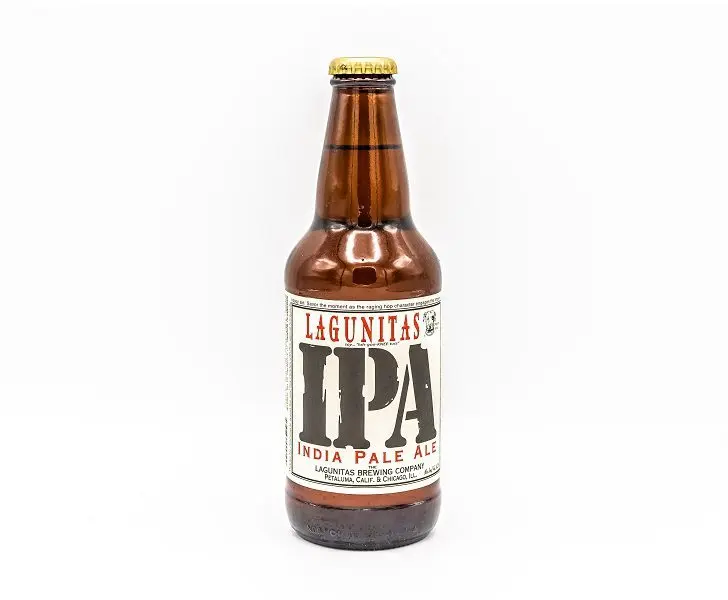
Brown ale. It ranges from low-alcohol and sweetish Manns Original Brown Ale to strong and tart Newcastle Brown ale. Made from dark malt.
Soft ale (Mild Ale). Fortress 3-3.6%. The hop flavor is almost not felt, the color can be both light and dark.
Old ale (Old Ale). Dark malt beer over 5%.
Porter (later – stout, Porter and Staut). Considered more “Irish” than English. Bitter beer with a strength of 4.5-10%, often used in the manufacture of dark roasted malt and burnt sugar. There are oat, oyster, milk, imperial stouts.
Lager. Not “native” English style – bottom-fermented beer, the most famous subspecies – Pilsner.
archaic styles
- Mum is a strong wheat beer with herbal additions.
- Small beer (“small beer”) – a very weak ale with a strength of no more than 0.75%. Used instead of water.
- Stingo (aka spingo) is a strong old ale with a distinctive and strong aroma.
- Three threads (“three threads”) – a blend of aged (from one and a half years) and freshly brewed beer.
- Wobble is a low-alcohol beer produced for hired workers right at their place of work (for example, for foundry workers, dock workers, farm helpers).
Popular brands of English beer
It is impossible to list all more or less significant productions – there are thousands of them. However, a few are still worth mentioning.
Guinness is, of course, an Irish stout. But while Northern Ireland is part of the UK, it can formally be attributed to English beer. It is famous for its thick creamy taste with hints of nuts and chocolate, rich in brown color.
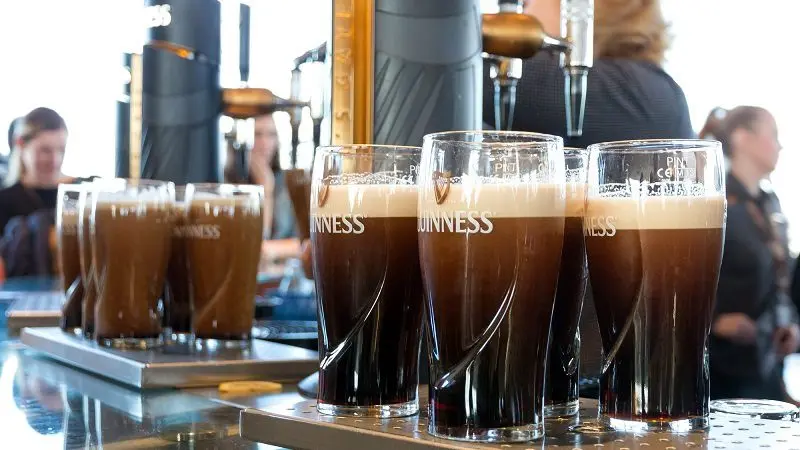
Traquair House Ale is a dark ale with a hint of vanilla and oaky notes in the bouquet.
Taddy Porter is one of the best representatives of the class of porters, it has a “smoky” taste, dense thick foam.
Old Brewery Pale Ale is a golden ale with earthy notes in the bouquet.
Thomas Hardy’s Ale is a completely natural beer without artificial colors and preservatives, aged up to 26 years.
Theakston’s Old Peculier is a representative of the class of old ales.
How to drink English beer
Beer in English pubs is usually cooled to a temperature of 10-14 degrees – for this it is enough just to store it in the basement. You can have a snack with traditional fried fish with french fries, kidney pie, sausages, steak and any other meat dishes.
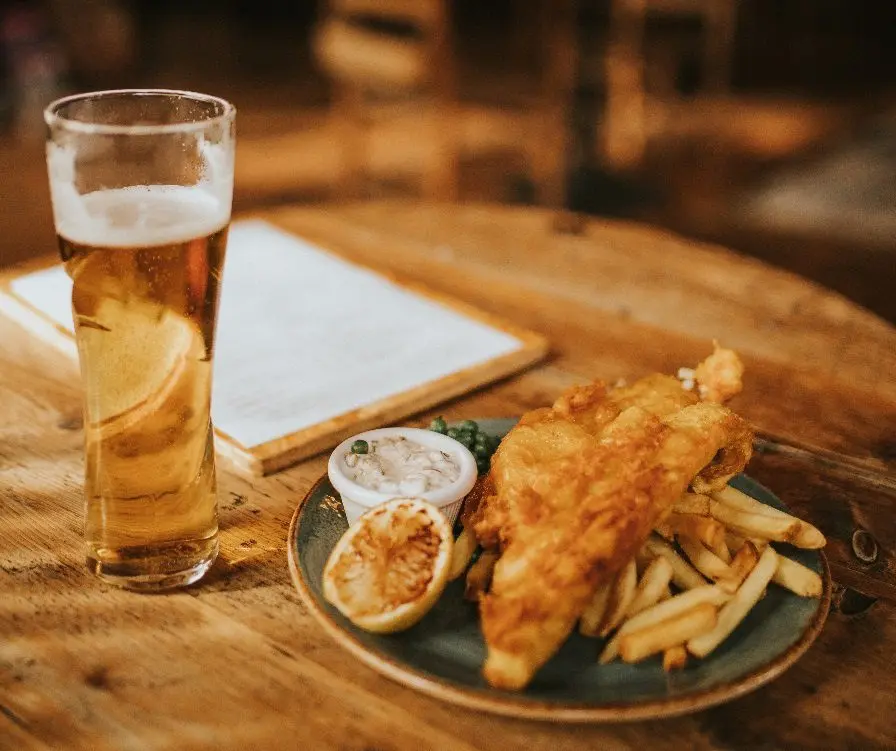
The drink is poured into glasses with a volume of a pint (0,5 liters) or half a pint. It is best to enjoy your favorite sorts in the evening in a pub, as “pubbing” is a huge part of British culture and one of the best entertainments in Foggy Albion.









